The Emma Chamberlain Effect
YouTube star Emma Chamberlain has made a name for herself by being everything social media isn't: raw, real, unfiltered. She's the antidote to perfectly polished influencer culture, and her millions of followers have responded with adulation –and relief.
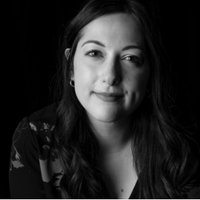
Emma Chamberlain and I are in the bathroom after an excruciating SoulCycle class in West Hollywood, which she attends every day, and because the 18-year-old YouTube star isn’t wearing a top—just her SoulCycle-branded workout leggings and black sports bra—I have a mostly unobstructed view of her back.
As she leans into the sink to wash her face, she nods over her shoulder. “My bacne is out,” Chamberlain says in a gust, the words careening out of her mouth. She doesn’t say it self-consciously; it’s more a statement of fact. Mid face wash, she reaches around and taps the breakout, almost in reverence. She dries her face with a towel, pulls her sweat-drenched hair out of her hair tie, and gives it a shake, piling it into a nest on top of her head. My face is beet red from the exertion, and I’ll feel droplets of sweat rolling down my back for the next 20 minutes. It’s the worst I’ve ever looked in front of a person I’m writing about, and yet I don’t care. Chamberlain has that effect.

Dress by Louis Vuitton. Burt’s Bees Blush Makeup in Bare Peach on cheeks.
She has become one of the most popular new stars on the Internet by, essentially, talking about her bacne. She’s unapologetically forthcoming about every aspect of herself, deeply skeptical, and self-deprecatingly honest. Her candor also covers, but is by no means limited to, her frequent burps and farts, her overly hairy legs, her diarrhea, the period blood dripping down her leg because she forgot a tampon. She broadcasts the minutiae of her life on YouTube, where she has more than eight million subscribers. In her videos, she rarely wears makeup, and her hair is almost always tied up in a markedly unchic bun or high ponytail. For a generation that’s grown up filtering photos and curating content, Chamberlain is a much-needed antidote to the pressure to be perfect.
It’s clear she’s tapped into something young women crave. Since launching her YouTube channel in June 2017, Chamberlain has gone from a depressed high school sophomore with little prior experience or platform to one of the most popular girls on the Internet, with the trappings to match. She graduated early from high school, relocated to Los Angeles from the Bay Area, and acquired an agent, a publicist, and partnerships with high-end brands like Louis Vuitton. In February, she was nominated for a Nickelodeon Kids’ Choice Award for favorite social star, a high honor given that, according to a 2014 Variety survey, YouTubers are more popular among U.S. teens than mainstream celebrities. On top of her YouTube fanbase, she has nearly eight million Instagram followers and more than two million Twitter followers. Her social-media engagement—the number of likes and comments on a post divided by her total number of followers—averages 25 percent on Instagram, where her photos regularly get between one and three million likes. (By comparison, Kim Kardashian averaged 4 percent engagement on five recent Instagram posts.)
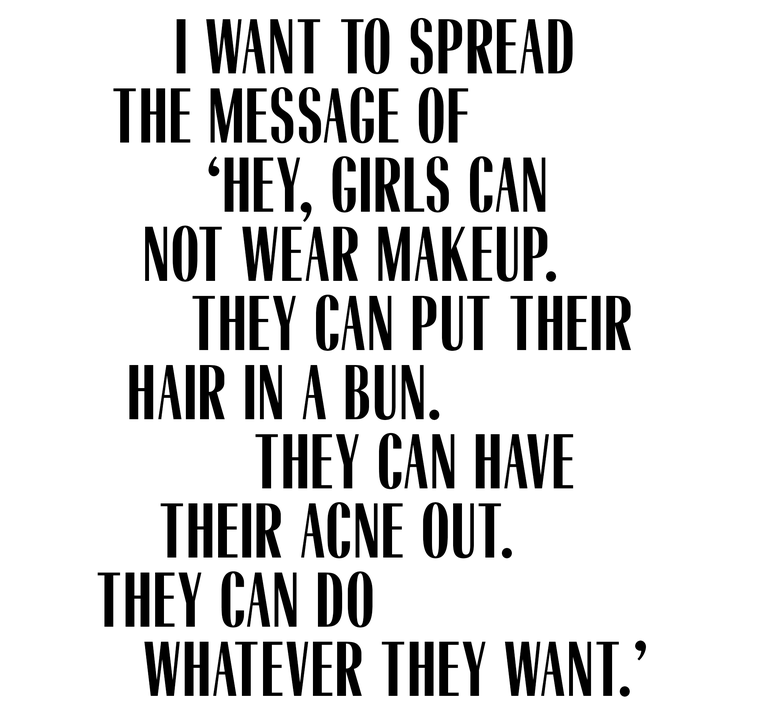
Chamberlain and her generation are shaping our future. With her DGAF attitude and behind-the-curtain sensibility, she’s started the crescendo of the unfiltered movement, where social media is no longer for perfectly polished selfies showing only the best version of yourself. She’s unquestionably ushering us into a more honest experience—one that looks more like real life—but as Chamberlain’s star power rises, can she avoid being consumed by the influencer bubble, where airbrushing all aspects of your life is a necessity?
A few hours after our SoulCycle class, I meet Chamberlain at the Wilshire Boulevard studio where she records her podcast, Stupid Genius. On the show, which she started in April, she poses a question—Why do we hiccup? Why do bats hang upside down?—and talks through her best guesses before revealing the answer. We’ve both showered, and she’s changed into a cropped white sweater with a fresh stain dribbled down the front. “I’ve already spilled coffee on myself,” she declares as she walks into the studio.
That “well, this is me” attitude is the bedrock of Chamberlain’s charm. She could be any teen girl in 2019: She gets what it’s like to totally hate school, to drink too much coffee, to pull an all-nighter for kicks. While she doesn’t do much in her videos—she might drive around in her SUV, fold her laundry, try vegan fast food—her stream-of-consciousness commentary makes them compulsively bingeable. She swears incessantly. Her editing, which features close-up zooms, abrupt intercuts of her outtakes, liberal sound effects, and behind-the-scenes shots of her editing in her bed, has pioneered a new style, spawning a whole subgenre of YouTube mimicry. The editing reinforces her aesthetic: It’s screwball and haphazard, but that’s part of the joke.
Get exclusive access to fashion and beauty trends, hot-off-the-press celebrity news, and more.
It’s not just that she feels relatable. She has a keen sense of comedic timing, a magnetic ability to command attention, and something I’d call stage presence if she didn’t film videos from her bed. “No one gets that big and has been able to sustain that growth and those view counts for as long as she has without having some innate raw talent,” says Joshua Cohen, the cofounder of Tubefilter, a digital publication that reports on the online video industry.
Chamberlain grew up in San Bruno, California, just south of San Francisco. Her parents divorced when she was five, and she split her time between them. She’s an only child and started watching YouTubers—like comedy duo Rhett and Link—because she was “so bored” being by herself. “The YouTubers that I was watching almost felt like my friends,” she says. “I loved hearing what they were talking about.”
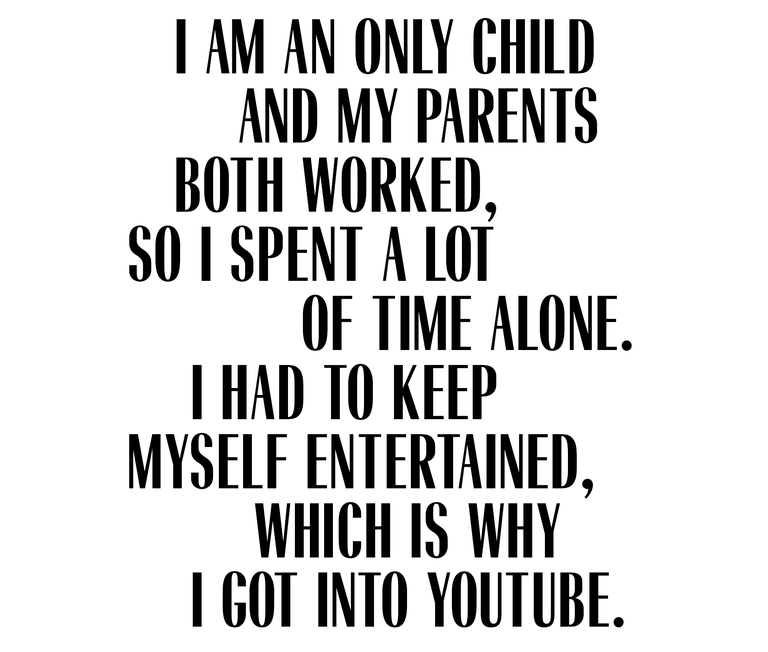
In high school, she struggled with depression on and off, and at the end of her sophomore year, in 2017, she got hit with a particularly bad bout. She didn’t want to see anyone, didn’t want to leave the house. “I don’t want to upset or trigger anyone,” she tells me, her eyes flicking down at my audio recorder, “but I had no will to live at all.” She cried every time she went outside. It mystified her because she didn’t really have anything to be sad about. Her dad, in an effort to get her excited about something, told her she needed to “fucking figure something out.” So she decided to start a YouTube channel. She’d tried it before with no success: In fifth grade, she did a few “outfit of the day” videos—Abercrombie jeans, Abercrombie sweater, and Converse—and then, when she was 15 or so, she uploaded videos of her cheerleading competitions, mostly montages filmed with a GoPro. Neither attempt garnered much attention.
At first, she waved off a third attempt at YouTube stardom. But then, she thought, what did she have to lose? With her dad behind the camera, she filmed a benign video showing off her favorite outfits. “Looking back, it’s fucking awful,” she tells me at a coffee shop after her podcast recording. We’re each drinking an iced almond-milk latte, which, other than sarcasm, is basically the mascot of her videos. “But it was something I got excited about, and I had not felt excitement in probably six, seven months before that.”
Those early videos didn’t show much of her personality; they were just imitating what she thought would be successful on YouTube. After a while, though, putting on makeup and doing her hair before filming and trying to copy what was already popular became exhausting. She was uploading nearly every day, and she didn’t have the energy for pretense. “I ran out of any type of persona,” she says. “I just had to be me.”
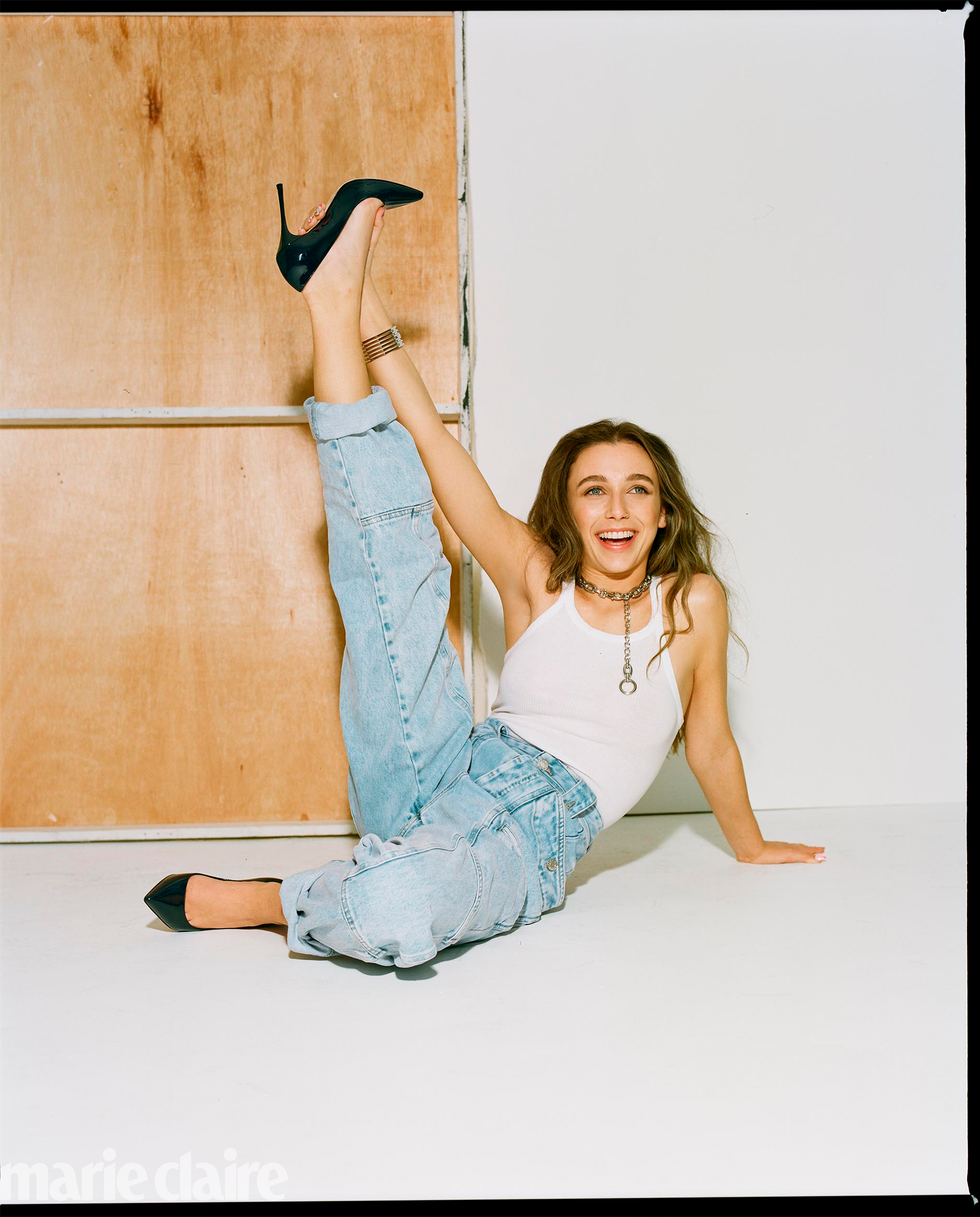
Tank by Re/Done; jeans by Isabel Marant; shoes by Sergio Rossi; necklace by Suzi Roher; cuff by Miansai.
She uploaded her first viral video, “We All Owe the Dollar Store an Apology,” in July 2017. It takes the haul, a typical YouTube genre where influencers show the fruits of a shopping trip, and mocks it with panache. In the 10-minute video, she sits in her room, with no makeup on, riffing on her purchases (sample finds: a plastic recorder, orange hair extensions, a wineglass that boasts, in a swirly font, “promoted to cougar”). She gained 4,000 subscribers immediately and hit 100,000 just a few weeks later.
In another popular video, she drives to fast-food restaurants to try out vegan offerings. Jack in the Box’s teriyaki bowl, she concludes, “smells like cow manure” and has “an undertone of, like, sock.” It has more than 10 million views. In another, she sucks helium balloons before road-tripping to L.A. to look at apartments with her mom. In between, she dyes her hair an accidentally-too-dark shade of brown. (“I look like fucking Severus Snape!”) That one, uploaded in June 2018, has more than 12 million views. Her most popular video to date, a road trip to Las Vegas with comedy duo the Dolan Twins and beauty vlogger James Charles, three of YouTube’s most popular celebrities, has 27 million views. She’s not YouTube’s biggest star—Charles’s most-watched video has 45 million views, for example—but any list of who’s hot on the platform, who to follow, or who’s big right now in the States would include her, Cohen says.
After growing up with the patina of digital perfection, Gen Z was primed for an unfiltered star. “Their expectation is transparency,” says Lynsey Eaton, cofounder of the influencer management agency Estate Five. “They see through everything.” And they know when a celebrity is putting on a facade. “There’s a real ‘Instagram aesthetic’ with the first wave of influencers,” says Mae Karwowski, founder and CEO of influencer marketing agency Obviously. “You’re seeing people who grew up with them rejecting those norms.”
At the beginning of her junior year, Chamberlain felt her depression creeping back. She lost all motivation to do her schoolwork and didn’t want to sit with her friends at lunch. “I wasn’t really big enough when I was filming at school for it to affect anyone too much, but I think my friends that were consistently in my videos during that time definitely got attention that they weren’t anticipating,” she says. “I’m not quite sure how they felt about it to be honest.” With her parents’ support, she took a high school equivalency exam, allowing her to graduate early, and in 2018 she moved into an apartment in L.A. by herself. “I was very alone in the beginning,” she says. “I spent a lot of time by myself, which I was used to, but still it was weird because it was like, now my mom’s not even in the kitchen.” She had to remember to lock the door and learn how to do her taxes—adult things, but she was still just 17. (Throughout our time together, she refers to herself as “a kid,” despite having turned 18 a few weeks earlier.)
Chamberlain has been candid about her mental-health struggles, opening up about her depression and constant anxiety in her videos. She’s talked about how YouTubing pulled her out of her depression but also the paradox of how her fame can trigger a depressive episode. In “Why I Don’t Upload That Much,” she explains how every time she’s editing a video, she basically has a meltdown. “I start getting so anxious,” she says. She cries for hours, and her self-esteem plummets. That resonates with her generation, more than 90 percent of whom are stressed out, according to a 2018 American Psychological Association report. It’s also helped fuel her popularity even more. “I’m a mess,” she says in the video. “But that’s okay because this is what we signed up for.”
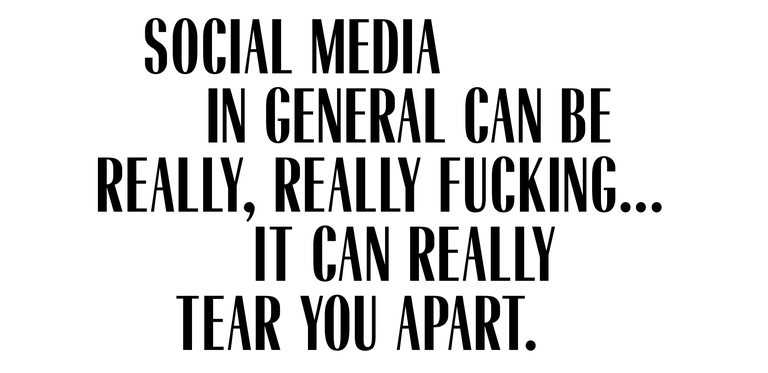
When she got to L.A., she befriended other stars she met at YouTube conventions or via direct messages on social media, appearing in a video with her childhood icons, Rhett and Link. She signed with United Talent Agency, a major firm that represents Angelina Jolie and Benedict Cumberbatch, among other heavyweights. “My 14-year-old cousin asked if I represented her,” Ali Berman, her agent at UTA, recalls of the months before she signed Chamberlain. Berman binged all her videos in one sitting. “Her personality is infectious. Everything about her screamed superstar.” Chamberlain landed her first brand deal, with skincare company Curology, in May 2018, and others, like Audible and SeatGeek, soon followed. She’s now the face of Hollister for its swim and denim-and-fleece lines. In March, Louis Vuitton flew her to Paris for Fashion Week, seating her in the front row at its show at the Louvre with other “friends of the house,” including Chloë Grace Moretz. (Chamberlain doesn’t get paid to attend events or wear Louis Vuitton, but the brand covers her travel and lodging.) She made a video hanging out with Karlie Kloss in Paris.
In July, Snap, the maker of Snapchat, announced it had tapped Chamberlain and other YouTubers, along with Serena Williams, Kevin Hart, and Arnold Schwarzenegger, to produce content for “creator shows” that will stream on the platform. She also has a line of merch, including an appropriately zany T-shirt depicting her as a centaur clasping an iced coffee. She won’t say how much she’s making from her ventures but concedes her work more than sustains her financially. (Her ad earnings since she started her channel are estimated to total between $745,000 and $1.5 million.)
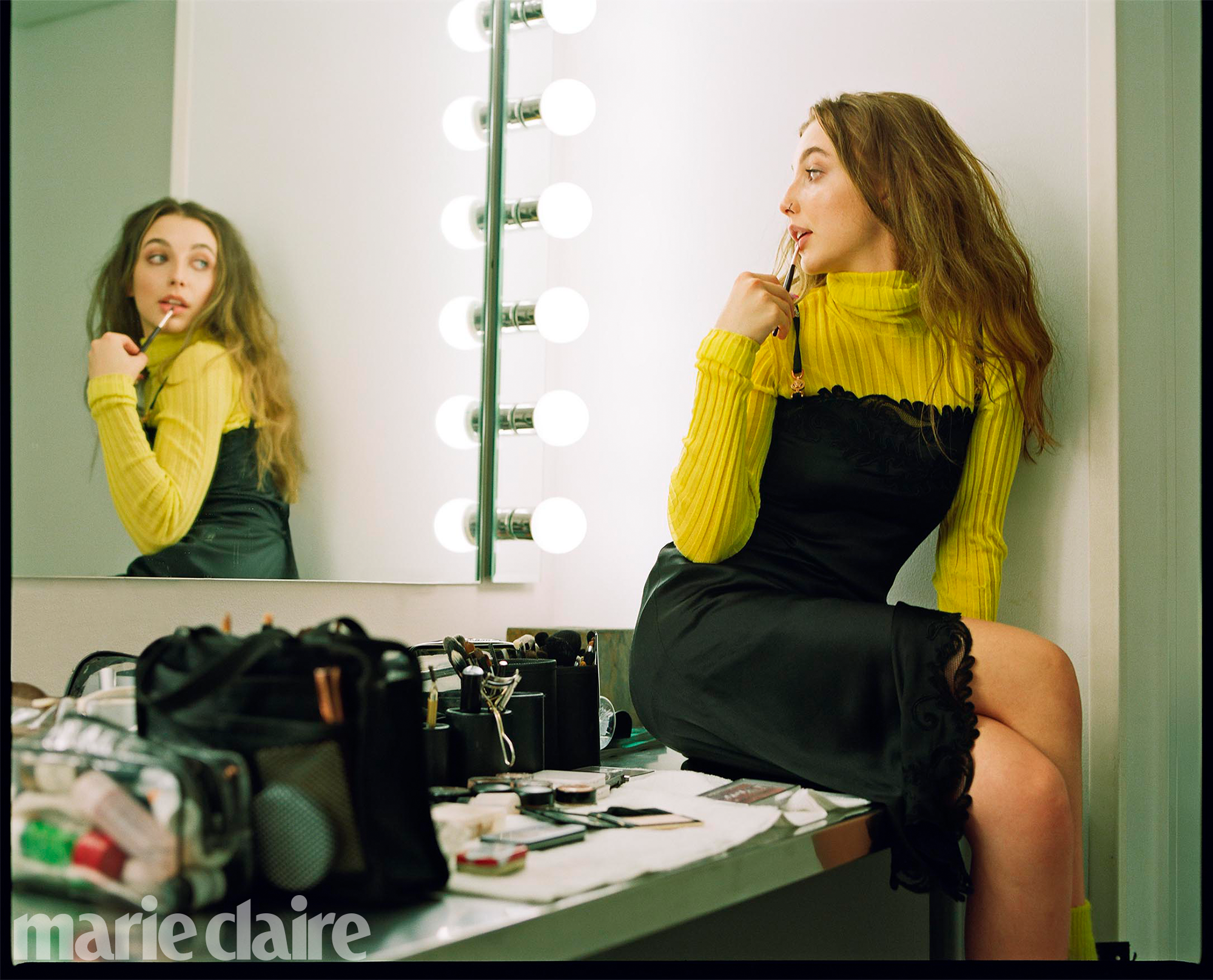
Top & Dress by Versace.
Given her penchant for sweatpants and disregard for makeup, she seems an incongruous choice to represent brands focused on physical appearance. But Karwowski says her authenticity and cachet with young people make her an ideal brand ambassador. “You need to capture the zeitgeist,” she says. “The thing about Emma Chamberlain is that she’s really cool, and fashion wants to be really cool.”
As the next generation comes up, brands are looking for stars with a captive audience that trusts their recommendations. When Chamberlain talks about her gas, it makes you feel like she’s your friend; you want to know what she’s buying because she’s like you. And Gen Z in particular, Karwowski says, is moving away from dressing for other people and toward embracing a style that’s just for yourself. “It’s all about being quirky and different,” she says, “and less about making you look really sexy.”
Chamberlain still seems in awe of her newfound popularity. Berman tells me that when she and Chamberlain climbed out of their car at the Louis Vuitton show in Paris, a herd of screaming fans greeted them. “She turned to me and said, ‘How do they know my name?’”
“It doesn’t make sense to me,” she says of her fame. “It scares me, if anything. It actually terrifies me.” She can sit in her bed for 13 hours editing a video and upload it, and millions of people will watch it. “It’s like, what did I do?” She leans back into the blue booth and shakes her head. “I don’t think I’ll ever be able to fully explain how genuinely mind-blown I am by all of this.”
It can get lonely, living and working by herself. She’s made a few close friends in L.A. but says she doesn’t have a lot of people in her “real life.” Luckily, her fans keep her company. When she bakes herself birthday cupcakes or clears her sinuses with a neti pot, she imagines she’s talking to them. “It’s like I have a lot of friends,” she tells me. If she’s in a bad mood, she can tweet something, and her followers’ replies make her day. “It would be cool if all of us went to school together,” she says wistfully. “We could all just hang out and do, like, homework together.”
As we’re finishing our lattes, I ask Chamberlain if there’s anything people don’t know about her. Though she broadcasts her life online, she’s been circumspect about her rumored relationship with Ethan Dolan, one half of the Dolan Twins, and has never confirmed it. For the first time all day, she doesn’t immediately start talking. “This one’s hard for me because I’m very open,” she tells me, looking sincerely flummoxed. “There’s nothing anybody who watches my videos doesn’t know about me, unless it’s something genuinely sacred and private to me."
When I press, she says, “Relationships with people in general, in no matter what capacity, are something that’s very emotional. They mean a lot to you. I think having eyes on that in a critical way can be really tough.” Even though her brand relies on oversharing, she doesn’t owe the world everything. Still, I have to ask: Are you two dating? She mimes zipping her lips, turning a lock, and throwing away the key.
Chamberlain is growing up in front of the camera. And unlike the followers of child stars from generations past, her fans have a direct window into how she’s changing and a platform to comment on it directly. Throughout our time together, she frequently brings up her trolls. “Social media in general can be really, really fucking...” she shakes her head. “It can really tear you apart.” Strangers leave nasty comments on her videos and tweet terrible things at her. When she goes to her YouTube Explore page, she’ll see hate videos about herself—“Emma Chamberlain Needs to Stop”—recommended for her. She assures me she’s used to the criticism now, that her skin has gotten “so thick.”
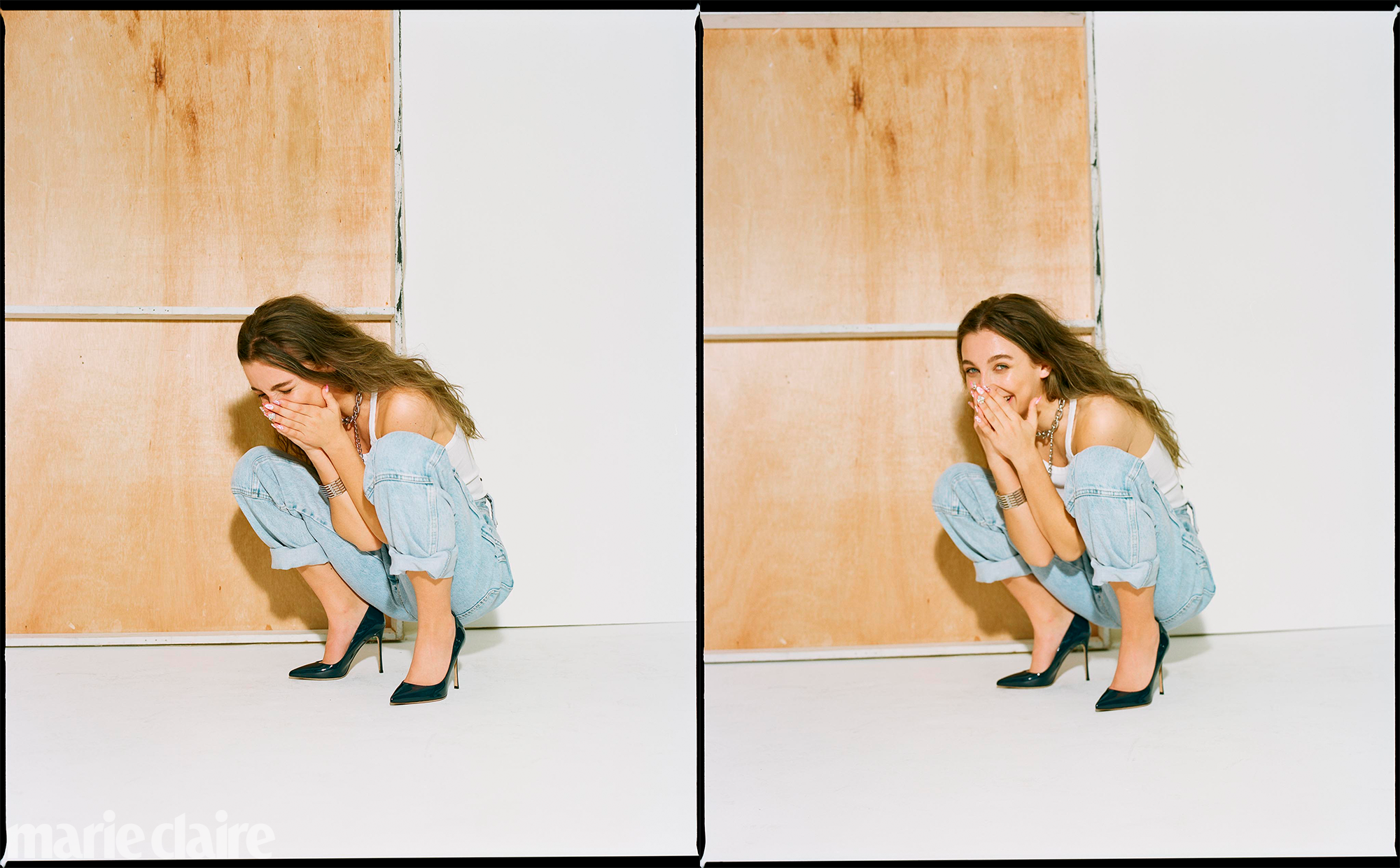
Tank by Re/Done; jeans by Isabel Marant; shoes by Sergio Rossi; necklace by Suzi Roher; cuff by Miansai.
One recurring theme of her critics is that her “old stuff is better,” that she’s changing for the worse. It’s a tricky business. The more popular she becomes for being a relatable, regular teenager, the more she can afford to do things that, well, aren’t very relatable. Chamberlain understands the criticism. “Even though I might be doing things that are very—maybe in some people’s eyes—unrelatable,” she tells me, “the way that my brain functions is the exact same as everybody else.” She’s still on her phone way too much. She burps at inappropriate times, like when she’s doing an interview with a journalist from Marie Claire. “I don’t think I’m some sort of ethereal being,” she says. “Who I am in general is still relatable. Hopefully? Maybe I’m wrong. Because I have stayed true to myself and I still think of myself as a normal fucking person.”
She won’t say what she’s planning next, though she has plenty of ideas. She has enough keeping her busy, with the ceaseless appetite for her vlogs, podcast, merch, tweets, and Instagram posts. Contentwise, she’s a team of one; there’s no video editor or social-media manager. “I’m young,” she tells me with a self-awareness many newly minted adults lack. “I’m keeping an open mind.”

As we talk, a middle-aged man approaches our table with his daughter, who’s maybe nine or 10. “My daughter watches you on YouTube,” he says. He holds up his phone. “Can she get a shot with you?” Chamberlain pops out of her seat and enthusiastically obliges.
She’s thought a lot about what this is all for. Her videos are entertaining, sure, but what is she giving people? What’s the point? And then, one day, she landed on it. “I want to spread the message of ‘Hey, girls can not wear makeup,’” she says. “‘They can put their hair in a bun. They can have their acne out. They can do whatever they want.’”
Most of us can’t afford to go to SoulCycle every day. We’re not invited to fashion shows or to hang with Karlie Kloss. But we can wear hoodies and sweats a little more often. We can leave the house without covering our pimples and not apologize for how we look. We can say what we think, without worrying how it sounds. Maybe it takes a teenager to remind us we don’t need to be perfect—online or anywhere. “Hopefully,” Chamberlain tells me, “my not giving a fuck can rub off on a few people.”
Photographer: Kathryn Wirsing / Fashion Editor: J. Errico / Hair: Jillian Halouska for OGX at the Wall Group / Makeup: Mary Wiles for Dior Makeup at the Wall Group
Lead video credits: sweater by MSGM.
This article originally appeared in the September 2019 issue of Marie Claire.
MORE MARIE CLAIRE LONG READS

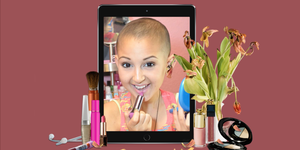
Rebecca Nelson is a magazine writer in New York. Her work has appeared in the Washington Post magazine, GQ, and many other publications.
